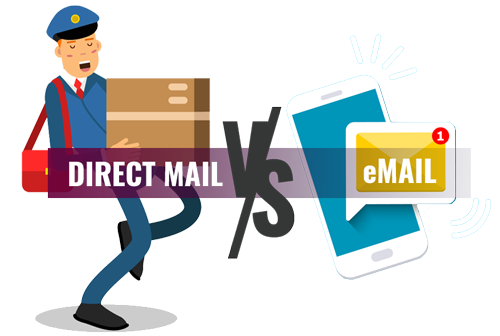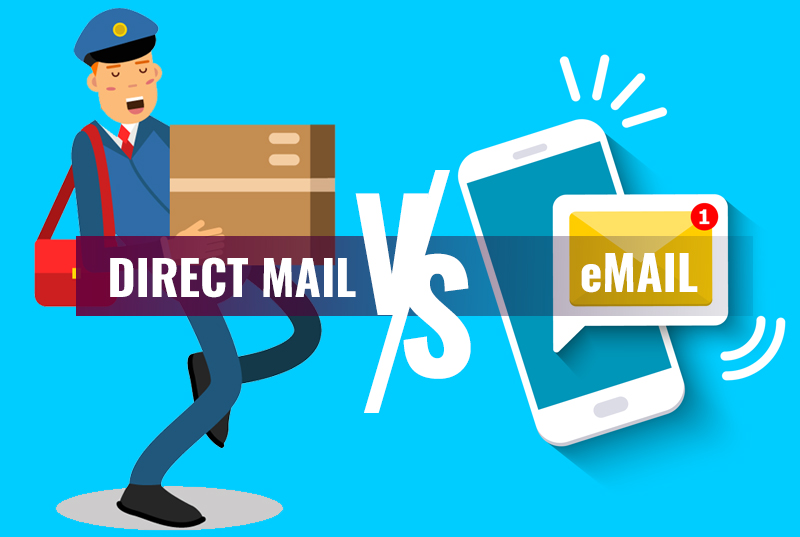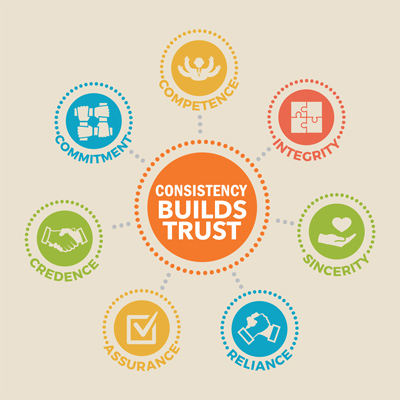When contemplating communicating with customers, and those who might soon become one, there can be a struggle over whether to use direct mail or email. Direct mail can be costly but stays around and can help with brand identification; email is more immediate, less expensive to implement, but transitory. When you consider the facts, the truth lies somewhere in between. It’s not an either/or situation. Which tool to use is really best considered under the auspices of what one is trying to accomplish, the target audience, the timing of that goal and the budget, to determine how best to achieve the objective.

According to research, 75% of people who receive direct mail can recall the brand as opposed to 44% for email.
Direct mail and email marketing each have strengths and weaknesses. Learn where each can be valuable and how, together, they are even more impactful.
PROS AND CONS OF DIRECT MAIL AND EMAIL
Depending on your goal, budget, capabilities, resources, etc., in general, both approaches can be effective. As we’ve seen above, in combination, they are likely to be more valuable together than when used separately. Each tends to have a compounding effect on the other. In general, though, here are the pros and cons of each:
PROS OF DIRECT MAIL
- Incorporate offline with online for better engagement
- Make the recipient feel special
- Better engagement
PROS OF EMAIL
- Cheap, fast and efficient
- Available engagement data capture and analysis
- Instant delivery
- Low barriers to entry
CONS OF DIRECT MAIL
- Design and production complexity
- Difficulty in obtaining addresses
- More costly initial investment
CONS OF EMAIL
- Waning effectiveness
- SPAM clutter
- Time and expense of email list creation and management
- Responsive emails can be a challenge to make look as good as you want

BY THE NUMBERS
On average, direct mail generates a 4.4% response rate, compared to 0.12% for email. Seventy-four trillion emails are sent each year, as compared to just 4.4 billion pieces of direct mail.
Perhaps that’s why 59% of email addresses are abandoned because of too many unsolicited emails. While each approach has its strengths and weaknesses, the data also shows that used in combination, they can have a compounding effect:
- 51% prefer an email/direct mail combination and will spend 25% more
- 65% like to browse online and use printed material
- 56% say mail makes them feel valued, and are 10% to 20% more likely to convert on a direct mail offer
KEY TAKEAWAYS
What does all this mean for you? There is no “one size fits all” answer for direct mail or email. You could consider the right time to utilize the strengths of each platform to achieve your goals. Leverage the opportunity to enhance direct mail by using a digital call-to-action and drive traffic to your website. In general, create a more lasting impression and help motivate action with direct mail, then reinforce it with email.




